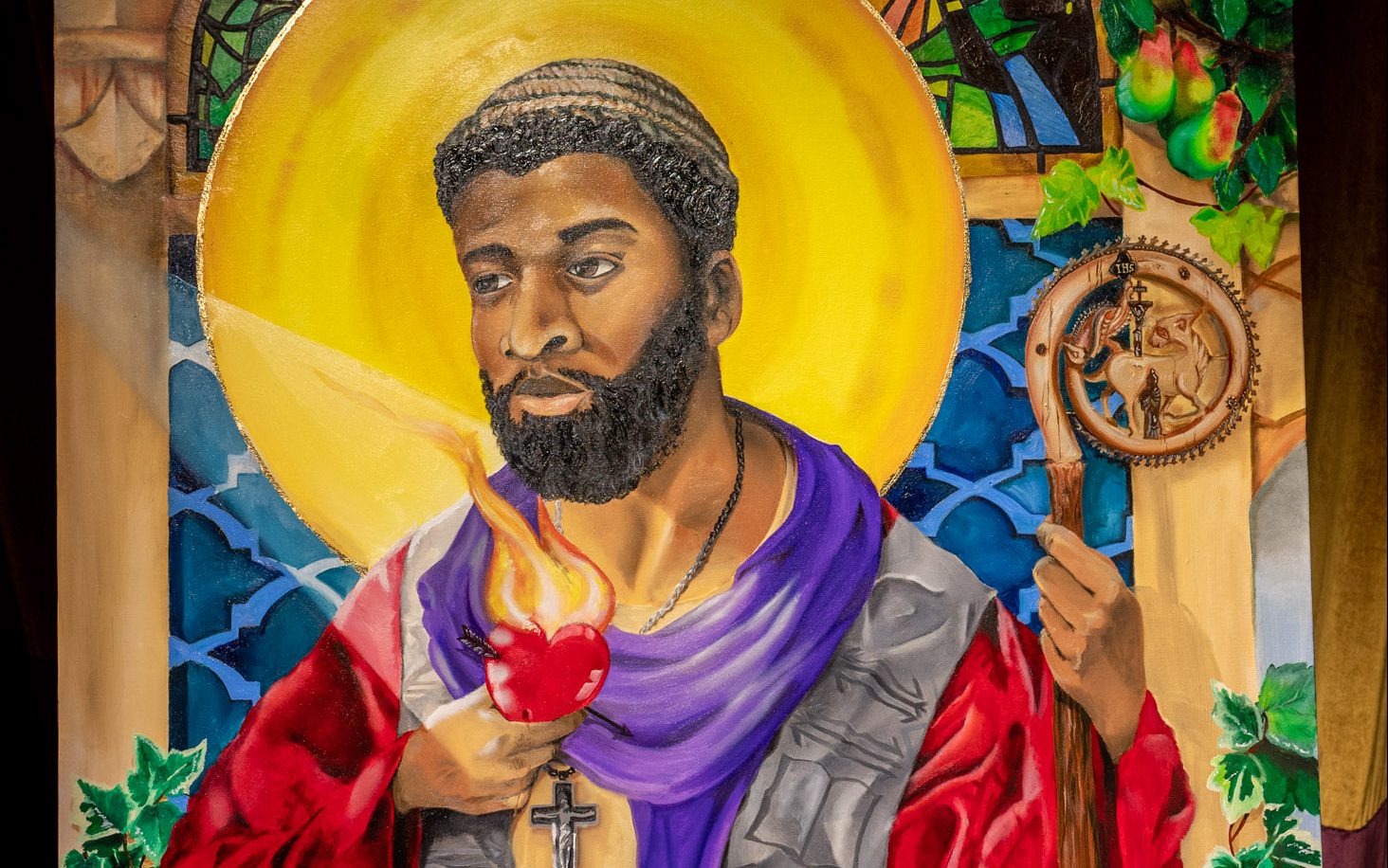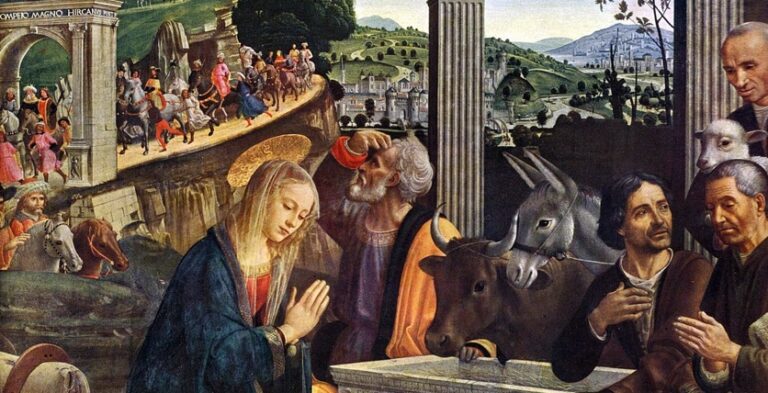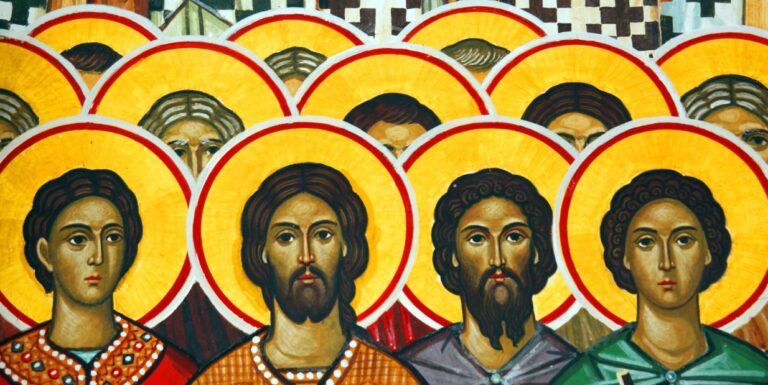
AUGUSTINE’S WINDING PATH TO GOD

What is a Doctor of the Church, really? And how does someone become one? For St. Augustine of Hippo, whose feast we celebrate August 28, his elevation to one of the highest honours bestowed by the Catholic Church was anything but preordained.
In fact, his first few decades suggested anything but his eventual fate. A precocious and ambitious young man, born in 354 in Hippo (in what is now a region of Algeria in northern Africa) to a privileged family of Roman citizens, he pursued studies in rhetoric and philosophy. He was admired as an intelligent and articulate scholar, but it was his activities outside the classroom that gained him the notoriety we recognize today.
Augustine, by all historical accounts, lived a fairly dissolute and amoral life until he fell under the influence of St. Ambrose (another one of those Doctors of the Church), a brilliant orator and Bishop of Milan. The younger man was already predisposed to Christianity, having become disillusioned with his earlier dabbling in Manicheanism, a widespread religion throughout the ancient world. But he struggled to abandon the pleasures of his earlier life, giving birth to the well-known quote, “Grant me chastity, but not yet.”
Augustine’s path to Christianity was also aided along the way by his long-suffering mother, Monica, who has also been canonized by the Church. Monica followed her wayward son from northern Africa to Rome and eventually Milan, where her prayers were answered. It was there that Augustine was converted and baptized.
Mother and son decided to return to Africa, but Monica died at Ostia before they could reach home. Her death inspired one of his classics, the Confessions, through which he poured his grief and remorse for his misspent youth, and his gratitude for having received the grace of God that helped him to find his road to salvation.
In this well-known story, Augustine returned to Hippo, was ordained and eventually became bishop. Throughout his life he was revered for his masterful sermons. But posterity knows him even more so for his great works of theology, philosophy and biography. Besides his Confessions, his City of God and On Christian Doctrine are foundational to our own beliefs today.
Through him, we have our understanding of Original Sin and the power of God’s grace as essential to true human freedom. Much of our modern church owes a debt to his earlier reflections on the writings of Paul.
Which brings us back to our original question: How does one become a Doctor of the Church. This is a recognition, decreed by the Congregation for the Causes of the Saints and approved by the pope, that a particular saint has made a significant contribution, through study or writing, to Christian doctrine. Also, the saint must have lived a holy, humble and sacrificial life.
It might have taken a while for Augustine to get that last part right, but his life demonstrates that adage, attributed to St. Teresa of Avila, that “God writes straight with crooked lines.”
Augustine was declared a Doctor of the Church in 1298 and is known as one of the four great “Fathers of the Church” — along with Ambrose, Jerome and Gregory the Great.
His life shows that God is always ready to welcome us back and put our gifts to work in the Church’s mission.
Joseph Sinasac is the recently retired Publishing Director of Novalis Publishing. He has been involved with religious communications for almost 45 years as an author, journalist, editor and TV and radio commentator on all things Catholic.


